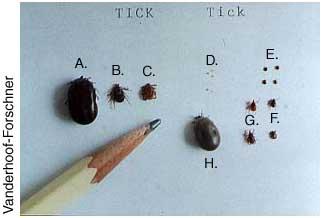 |
| (Courtesy of buzzle.com) |
"Some people come into our lives and quickly go. Some stay for a while, leave
footprints on our hearts, and we are never, ever the same."
– Flavia Weedn
I recently said a lot good-byes. After more than two decades in a mixed small animal and equine practice and with a milestone birthday rapidly approaching, it's time for something different. However, despite looking forward to something new, I'm also losing regular contact with some very dear co-workers, friends, clients, and critters.
The good news is that my clients and patients are in good hands, the practice seems to be running smoothly and I have every confidence this will continue.
As I said a few personal good-byes, I was struck by the tears and depth of emotion expressed. I'm so very grateful to have met and worked with the many wonderful people who trusted me with their furry family members.
Great memories and lessons learned.
From Cocoa's mom, a fiercely independent woman in her 80's who only recently gave up cross-country RV travel, and then only to appease her doctors and adult children: Don't give up despite adversity and keep good people close. Stubborn isn't a bad thing in the pursuit of health and happiness. From Cocoa herself: Devotion beyond words.
From Bella, Iz and Gracie's parents: You don't get a second chance to make a good first impression. And little things matter as much as big things. Considering the fact that Bella tops 100 pounds and Gracie is little more than a handful of dog this goes for the entire family. Izabo, the middle child, is just lovable in a slightly goofy Irish Setter sort of way and further illustrates that you have to treat the individual and not the lab work which might say everything's normal. I also really appreciate that each of them knows how to walk nicely on a leash and step onto the scale and wait without wrestling or yelling, proof that all sizes of canines can have manners. I'm going to miss this motley crew. Canine relative Morton Keith, a corgi of rare distinction, may be the most pampered 40 pound lap dog I've ever met. We should all be so lucky.
From Felix and Eight Ball and company: Sometimes the usual treatment works for an unusual ailment, for a little while. After that you need to look more closely because sometimes hoof beats mean zebras, not horses. Never underestimate how much time and expense a devoted owner is willing to invest in her beloved felines! And thank goodness for veterinary specialists whose advanced training, specialized diagnostic equipment and expertise improve the quality and quantity of life for so many of our animal family members.
From Brenna and her mom: Go for it!
From Two's humans: Some people will give the shirt off their backs...to a newborn foal in a cold barn.
From Shiloh and the subsequent crew, schnauzers are people too, even if they do have ear-splitting yelps as puppies.
Baron and his mom: You may be in exactly the right place at precisely the right time even when you've never been there before and you're an hour early. I was reminded of an interesting extension of the concept of Mitzvah, a random act of kindness, which is that being vulnerable enough to allow someone the opportunity to help you is itself an act of kindness. Being real matters, and it's all too rare in our rush to do...what?
There are many, many more individuals and families I've been fortunate to know. Some have been mentioned in previous blogs and others will appear in future posts. I'm immensely grateful to all of them for the experience gained, the humor shared, the kindnesses shown, and especially the trust given. It's no small thing to place the life of someone you love in another's hands, and I've been honored.
"Be well, do good work, and keep in touch" – Garrison Keillor.





